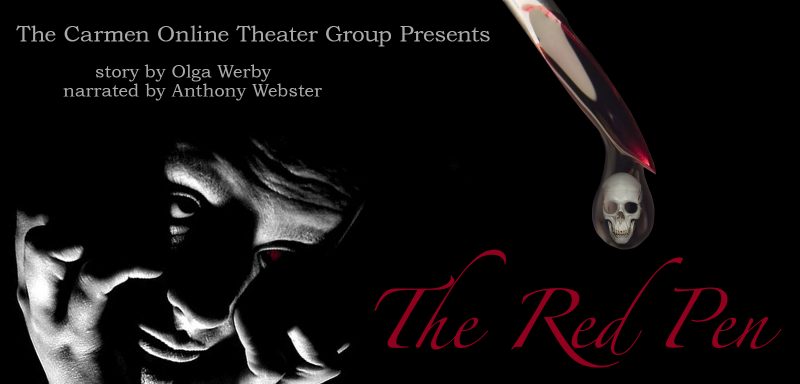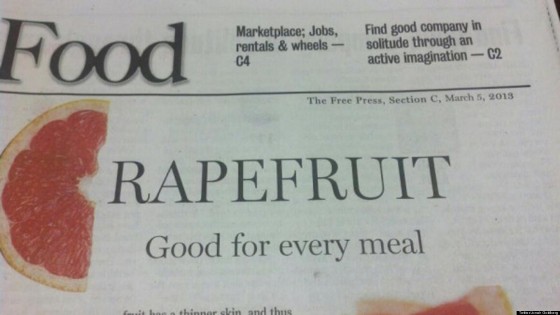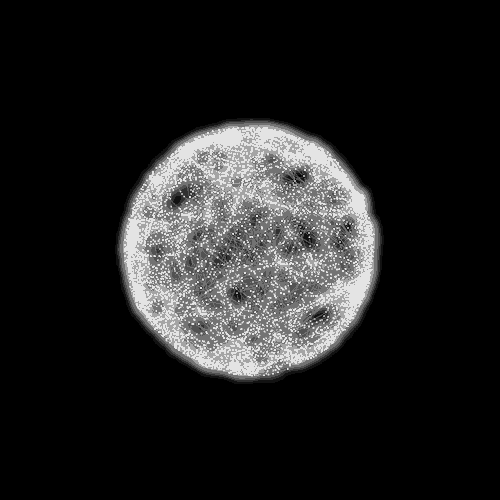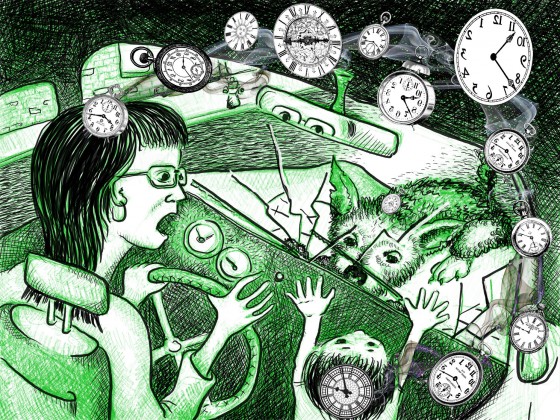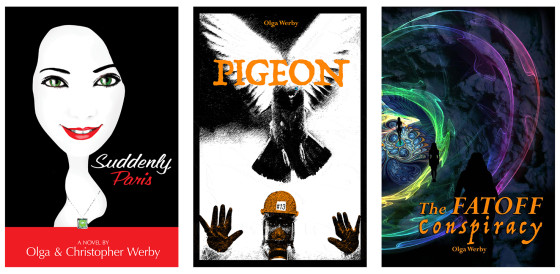
The cold crept in like a thief in the night. “Is that you Ian?” Toy Maker called from his workshop. “Close the door!” Ian walked in quietly and shut the door. The snow that sneaked in with him twirled at his feet before melting on the stone floor. The toy workshop was large but dark, lit only by the two power tables — one was the Toy Maker’s work desk and the other served as a kitchen table. Two circles at the center of each table glowed red-orange, giving the whole space a look of warmth…just not the feel of it. Ian shivered. Behind one of the glowing tables, there was a wall full of Toy Maker’s newest creations. They were arranged in rows on shelves, organized by species. There were about two hundred on display there, all still gray — the color didn’t come until much later. The maker first sculpted the essence of each figure and then scanned it into the computer. The final details were added virtually and then printed in 3-D. The painting was the last touch. Ian admired a shelf of warriors. They were lithe and tall, with elongated, almost wasp-like waists. Some had wing…


